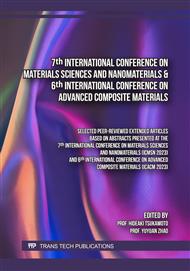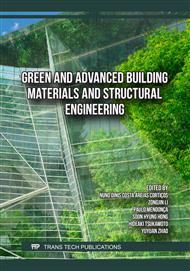p.87
p.95
p.101
p.113
p.119
p.125
p.133
p.143
p.151
Continuum Mechanics Models for Describing the Creep and Physical Aging Behaviors of Laminated Composites
Abstract:
Two types of carbon fiber-reinforced epoxy composite laminates are chosen for long-term tensile creep tests under different temperatures and load levels. Their time-dependent and non-monotonic deformations indicate clearly both temperature effect and physical aging effect. To characterize these viscoelastic behavior, two phenomenological constitutive models and one physical model are developed. The linear viscoelastic model based on the Boltzmann superposition principle is able to describe reasonably the deformations at relatively lower stress levels and temperatures. The nonlinear viscoelastic model of Schapery’s single-integral form, together with a usage of effective time theory, could describe nicely all the effects of temperature, stress, and physical aging. The physical model based on Ngai’s coupling mechanism concept is further combined with the framework of Schapery’s nonlinear viscoelastic theory, which may provide certain physical understanding about the effect of aging behavior on long-term creep deformation of the laminated composites. Numerical modelling by finite element method are implemented, and comparisons between the experimental and simulation results are demonstrated.
Info:
Periodical:
Pages:
125-130
Citation:
Online since:
December 2023
Authors:
Price:
Сopyright:
© 2023 Trans Tech Publications Ltd. All Rights Reserved
Share:
Citation:



